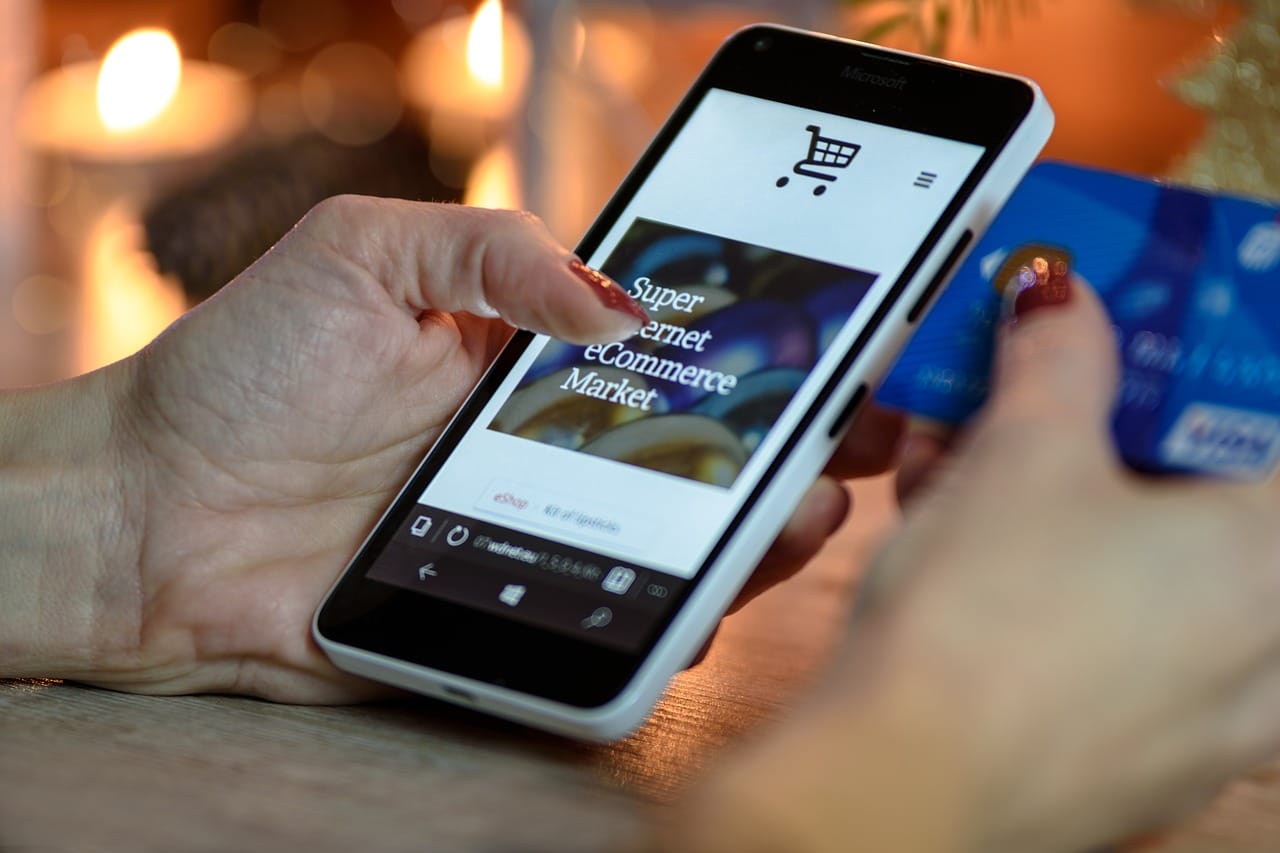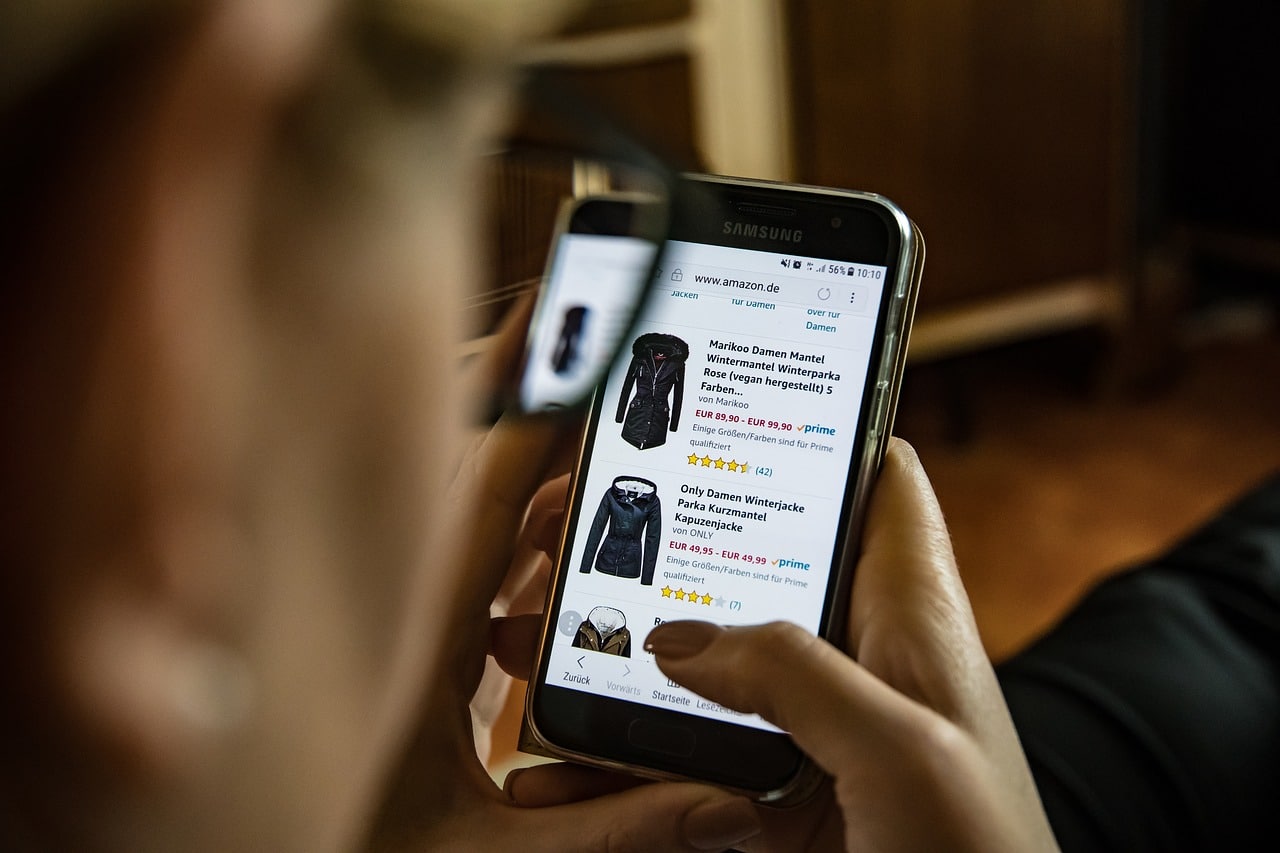With consumers accustomed to shopping and making online orders with the click of a button, there hasn’t been a more ideal time to get your m-commerce app out into the world, helping to boost business by providing users with convenience.
Bear in mind though – these types of applications must do more than allow users to drag and drop items into a shopping cart, especially as technology advances in 2018, and as customers’ expectations grow. If you run a small- to mid-size business and want an m-commerce edge, consider the following concerns and how to the right developer can help you deal with them.
IMAGE: PIXABAY
M-Commerce Is Leading The UX Of Mobile Apps Development
One concern among m-commerce innovators is how to remove interstitial anxiety. “Interstitial Anxiety” refers to the window of time between when a user presses the “purchase” or “confirm” button and when they see a result. Prolonging that moment makes for bad UX, so leading-edge designers are eager to find ways of bridging the gap to ease that anxiety.
Building trust is another concern. As NFC payments and mobile wallets continue into the forefront of m-commerce, some companies are struggling to overcome trust issues with late adopters who are still unsure about digital purchases.
Essentially, trust comes down to two major achievements: quality UX and security. If the user trusts both the interface they’re dealing with and ensure that their transactions are protected from any kind of security breach, they are more likely to become loyal m-commerce users.
Small business penetration is another concern among innovators. As small businesses continue to wake up to the reality that they will fall behind if they cannot maintain their mobile presence, developers are continuing to cater to this demographic, offering m-commerce apps that further help streamline an enterprise’s marketing efforts.
One recent trend is augmenting reality within the app to give users a vision of how products, like a piece of furniture, for example, would look like in their home. This enables businesses to make a convincing argument for how their products or services can meet consumer needs.
With the introduction of Apple Pay and Google Wallet, m-commerce has also allowed companies to harvest user data, providing in-depth analyses of client logic and flow so that businesses can better plan out their targeting strategies. It’s a win-win technology for both customer and service provider.
Before you embark on creating your m-commerce app, read up on what users are finding helpful or exciting about others they’re using so you can match or exceed what your competition is offering. For example, it would be valuable to include a sophisticated chatbot, helping you to connect with users and offer instant customer support. Of course, augmented reality will impress tech-savvy users, but people also appreciate the simple things, like one-click payments and an app they can customize to reflect their specific interests and style.
Take the grocery store app, Selfycart. It functions as the user’s own private checkout counter, boasting the ability to scan barcodes at the market and process credit card payments immediately – shoppers can then avoid waiting in long lines to pay for their items. This among other m-commerce focused apps have been developed by up and coming Toronto and Montreal based development agency, Guaraná Technologies and the apps are making waves.
Because they use a lean process, you can rest assured knowing every feature they implement into their design will be backed by analyzing your customer-base. Visit them today to learn more about their process, from storyboarding to wireframing to QA, and how they can help put your app into the hands of more users.
This developer is also able to optimize your app for all mobile devices, and even for the IOT if that would make sense for your users; they further have expertise in coding both for Android as well as Apple interfaces making them a versatile partner. Finally, if VR or AR is something you’ve had your sights on, they’re able to use this technology within their designs to help your business truly stand out in an increasingly digital world.
If you’re in the business of selling online, or would like to be, a strong m-commerce app is the key to boosting engagement and ultimately, increasing revenue. The more opportunity you create for users to connect, the higher your chances of turning a browser into a purchaser, especially with an elegant app making shopping more personalized, accessible and convenient. Contact a reputable software developer today to see how they can take your business out of the shadows and into the spotlight.
If you are interested in even more app-related articles and information from us here at Bit Rebels then we have a lot to choose from.


COMMENTS